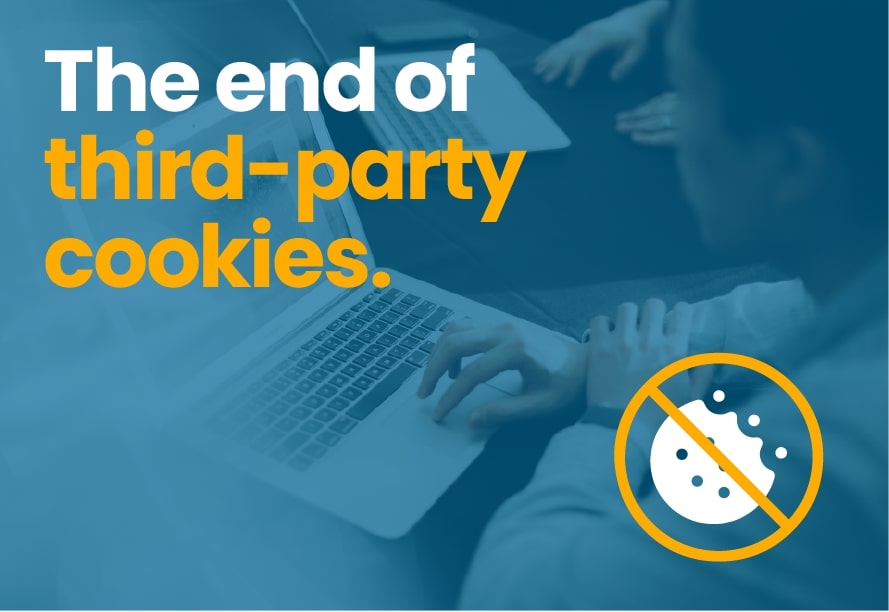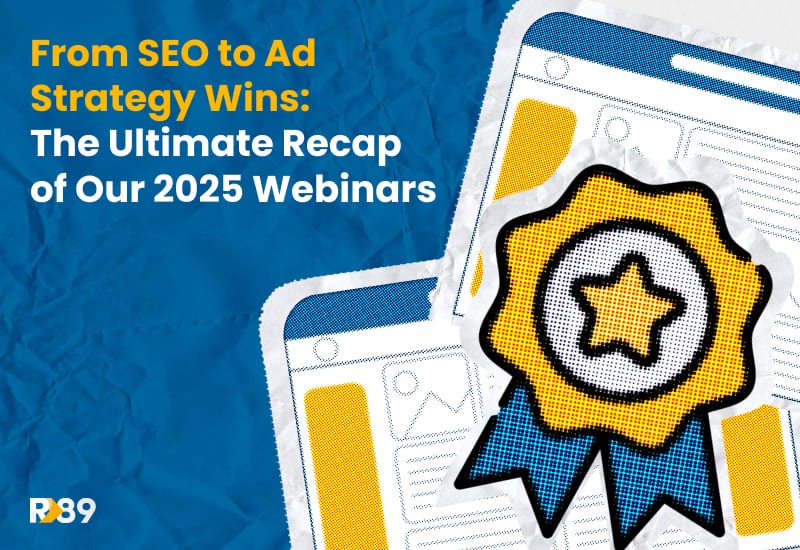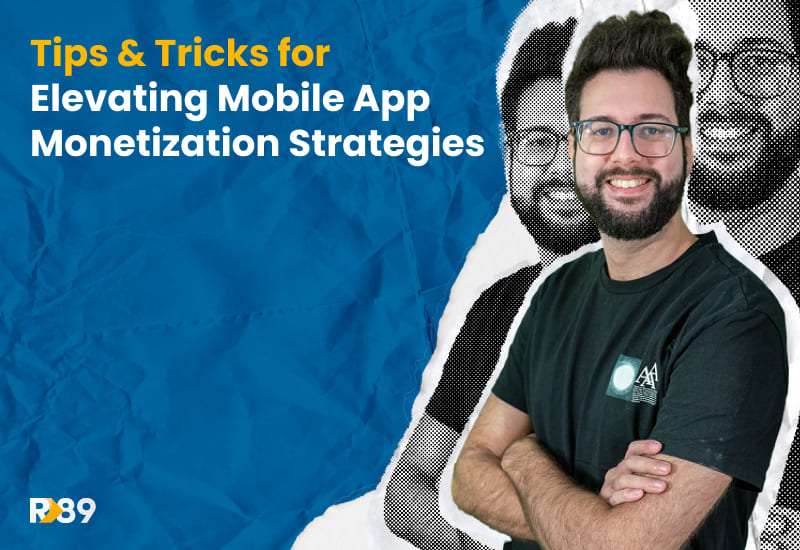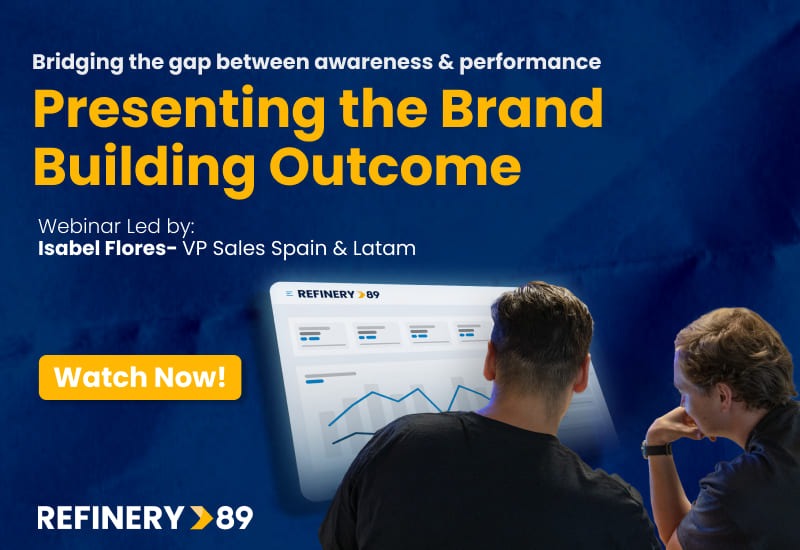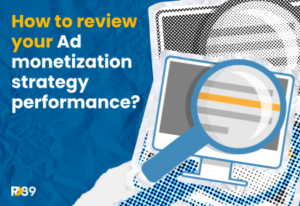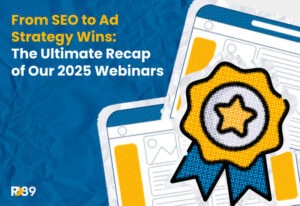What is happening with third-party cookies?
The Third-party cookies are going to be blocked in 2024 by the major browsers, which significantly affects the advertising industry, as these pieces of code allow advertisers to track users’ behavior, interests, search history, browsing path, etc., supplying personalized information. Concerns about third-party cookies were raised long ago; since the Cambridge Analytica scandal, people are growing every year more concerned about the usage of their personal data. Who didn’t have these weird advertisements that appear on the page as soon as you google some item, or sometimes even when you just discussed it with others?
This is third-party cookies at its best. This wild data collection couldn’t not raise an indignation among users and legislators. Soon enough, browsers started shutting the third-party cookies down, driven by a combination of factors, including privacy regulations like GDPR and CCPA and increasing concerns about user data privacy. but as Google Chrome holds 65% of the market, its intention to weed out cookies really provoked the stir.
Why do we care about cookies’ cancellation?
Advertisers need cookies to provide precise targeting, not waste money on irrelevant audiences, and irritate users with useless ads. Users do not want to be tracked but also grow grumpy when ads they see are pointless. Discontinuing cookies might reduce misuse of personal data but increase misplaced ads and drop the advertisers’ revenues. In other words, this is a typical situation when the push comes to shove.
Does the future of programmatic advertising paint black?
In the article, we will try to get to the bottom of things and offer coping solutions to adapt to the new reality.
Understanding Third-Party Cookies
Before digging into the possible outcome of the cookie apocalypse for programmatic advertising, it’s crucial to elaborate on what third-party cookies are and why they have been integral to digital marketing.
Third-Party Cookies vs. First-Party Cookies
First-party cookies are primarily used by website owners to enhance user experience. They remember login details, shopping cart items, and user preferences within a specific site. On the other hand, third-party cookies are set by entities other than the website being visited, often advertisers or data aggregators. These cookies are employed to track users across multiple websites, creating a comprehensive profile of their online behavior.
Why Did Companies Rely on Third-Party Cookies?
The widespread use of third-party cookies was rooted in their ability to track users’ behavior across the web, enabling highly targeted advertising. Advertisers leveraged this data to serve relevant ads based on users’ interests, leading to improved conversion rates. Additionally, website owners utilized third-party cookies for analytics, gaining insights into user behavior to enhance their sites.
However, the extensive data collection and tracking capabilities of third-party cookies raised privacy concerns. High-profile cases of data misuse, such as the Cambridge Analytica scandal, prompted regulatory actions and ignited the debate around user privacy.
The Inevitable Decline of Third-Party Cookies
The era of third-party cookies appears to be drawing to a close, and several factors contribute to their decline:
1. Google’s Abandonment of Third-Party Cookies
Google’s decision to phase out third-party cookies has had the most profound impact on the digital advertising landscape. Initially slated for discontinuation in 2022, the timeline was extended multiple times, with the current deadline set for late 2024. This move has left advertisers scrambling for alternatives, as Google Chrome commands a significant share of web users.
2. Privacy Regulations
Privacy regulations like CCPA, GDPR, and similar laws worldwide have limited the collection and manipulation of user data,
3. Changing Consumer Sentiment
Consumers have become increasingly aware of how their data is used online, leading to concerns about privacy and data security. Surveys indicate that a growing number of users regularly delete cookies or employ tools to block third-party tracking. This shift in consumer sentiment has rendered traditional cookie-based tracking less effective and less aligned with user expectations.
The Impact of Third-Party Cookie Deprecation on Programmatic Advertising
The impending demise of third-party cookies has far-reaching implications for programmatic advertising, which has relied heavily on this technology. Programmatic advertising involves the automated buying and selling of ad space in real-time, powered by data and algorithms. Here’s how the decline of third-party cookies affects this ecosystem:
1. Data Collection and Targeting Challenges
Cookies have been the backbone of programmatic advertising, enabling precise targeting based on user behavior and interests. Without third-party cookies, advertisers will face significant hurdles in collecting and utilizing data for effective ad targeting. This loss of granular data can result in less accurate targeting and potentially reduced campaign effectiveness.
2. Limited Audience Reach
The absence of third-party cookies means that advertisers will struggle to reach their intended audiences. Tracking user behavior and preferences across websites will become challenging, and marketers may have to rely on less precise methods, such as IP address targeting, which can be less effective and efficient.
3. The Need for Alternative Data Sources
To adapt to the new landscape, advertisers will need to explore alternative data sources. First-party data, collected directly from their websites, will become increasingly vital. However, gathering first-party data requires proactive efforts, such as incentivizing users to share their information through forms or surveys.
Strategies for Programmatic Advertising in a Cookieless World
While the phase-out of third-party cookies presents challenges, it also opens the door to innovation and new approaches to programmatic advertising. Here are strategies to help marketers navigate this transition:
1. Leverage First-Party Data
Invest in collecting and utilizing first-party data. Encourage users to share information by offering incentives such as discounts or freebies in exchange for their details. Building a robust first-party data strategy will be crucial for maintaining effective targeting.
2. Explore Alternative ID Solutions
Investigate alternative identifier solutions like Google’s Privacy Sandbox or The Trade Desk’s Unified ID 2.0. These solutions aim to provide privacy-conscious ways to collect data for advertising purposes. Stay informed about industry developments in this area.
3. Build Relationships with Publishers
Consider partnering with publishers to access second-party data, which is data collected by one organization from another. Second-party data is often high-quality and trusted, making it valuable for programmatic advertising.
All these strategies mentioned above are valid and working approaches to sailing through a third-party-cookieless world, but here at Refinery89, we have something even better to offer. We have been using this solution for quite a while now, and it bears brilliant fruits.
Embrace Contextual+
Contextual targeting, which focuses on delivering ads based on the content users are consuming, can be a viable alternative to cookie-based targeting. This approach relies on keywords, topics, or content tone to match ads with user interests. Contextual has been around the block a couple of times already; however, we use an advanced version – Contextual+ based on AI.
– Contextual AI at Its Best: Our state-of-the-art AI system meticulously categorizes topics for millions of articles within our extensive network. This means your ads are always in the right place at the right time, reaching your target audience with pinpoint accuracy.
– Connect with Your Tribe: When a user consistently engages with a specific topic, we create a profile of the individual with a proven interest in what you have to offer.
– Sentiment Analysis with a Twist: Our AI-Based Contextual solution doesn’t stop at categorization. It goes a step further by identifying negative sentiments and topics and automatically excluding them from your campaigns. This ensures brand safety without the unnecessary blocking of “negative” keywords. Your brand remains safe and aligned with positive content, delivering a stellar user experience.
– Key Benefits:
- Precision Targeting: Reach the right audience with content that matters to them.
- Enhanced Engagement: Connect with users who share a genuine interest in your offerings.
- Brand Safety: Avoid associating your brand with negative sentiments while preserving positive content.
Reach out to start optimizing your advertising budget with Contextual+
The Future of Cookieless Programmatic Advertising
While the decline of third-party cookies presents challenges for programmatic advertising, it also offers opportunities for innovation and growth. Advertisers and marketers who embrace alternative data sources and privacy-conscious strategies can continue to thrive in the evolving digital advertising landscape.
It’s important to recognize that the digital advertising industry is resilient and adaptable. As technology advances and new solutions emerge, programmatic advertising will find new ways to deliver targeted and effective campaigns, even in a world without third-party cookies.
In conclusion, the end of third-party cookies is a significant turning point in the digital advertising industry, but it is not the end of programmatic advertising. By embracing change, focusing on first-party data, and exploring alternative solutions, marketers can ensure their digital strategies remain effective and compliant with evolving privacy regulations. The future of programmatic advertising is full of potential for those willing to innovate and adapt.
